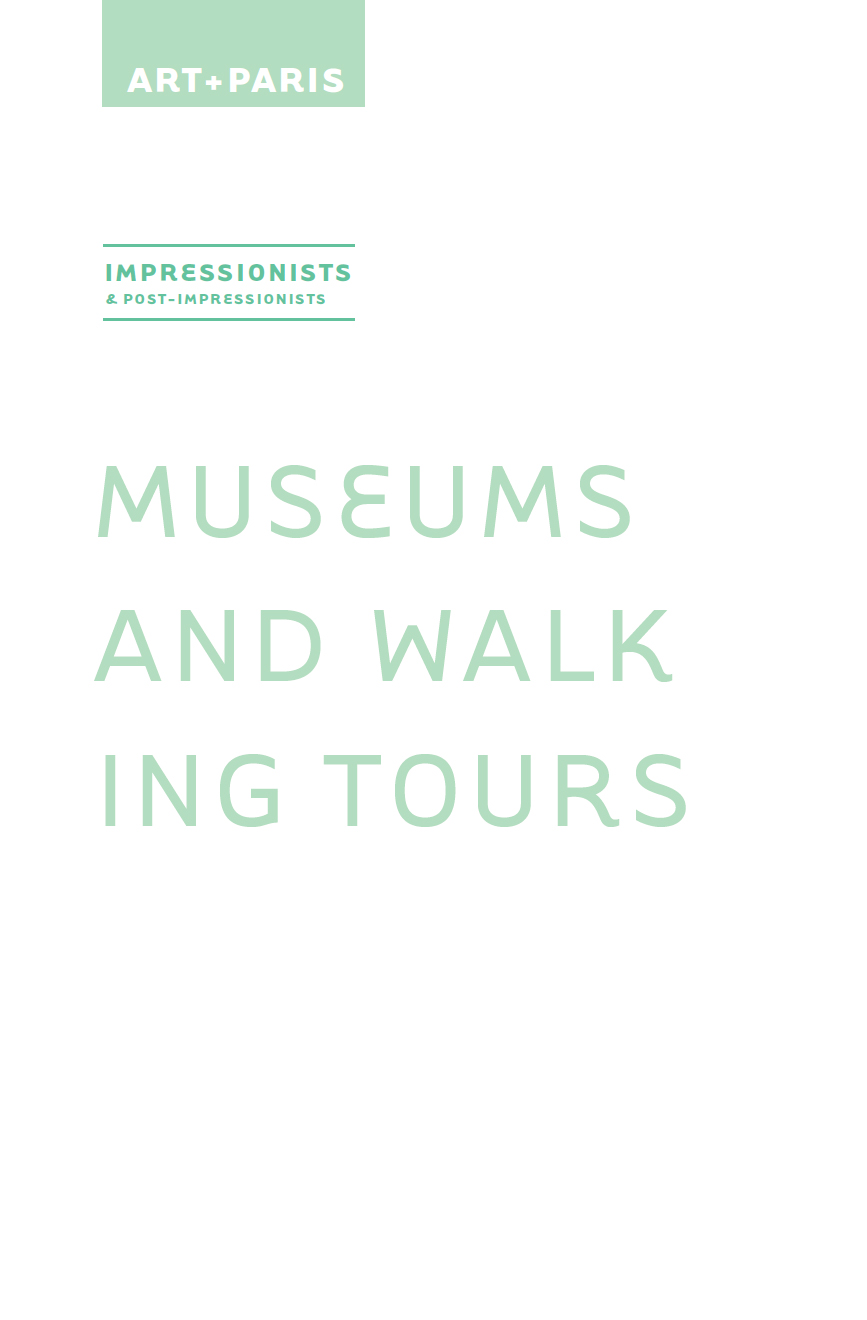
Museyon
Published in the United States by:
Museyon Inc.
20 E. 46th St., Ste. 1400
New York, NY 10017
Museyon is a registered trademark.
Visit us online at www.museyon.com
All rights reserved. No part of this publication may be copied or transmitted in any form by any means, electronic, mechanical, recording or otherwise, except brief extracts for the purpose of review, and no part of this publication may be sold or hired without the express permission of the publisher.
ISBN 978-1-938450-28-0 (ePUB)
978-1-938450-29-7 (ePDF)
13072820
Cover image: Pierre-Auguste Renoir, La Moulin de la Galette (detail), 1876, Muse dOrsay
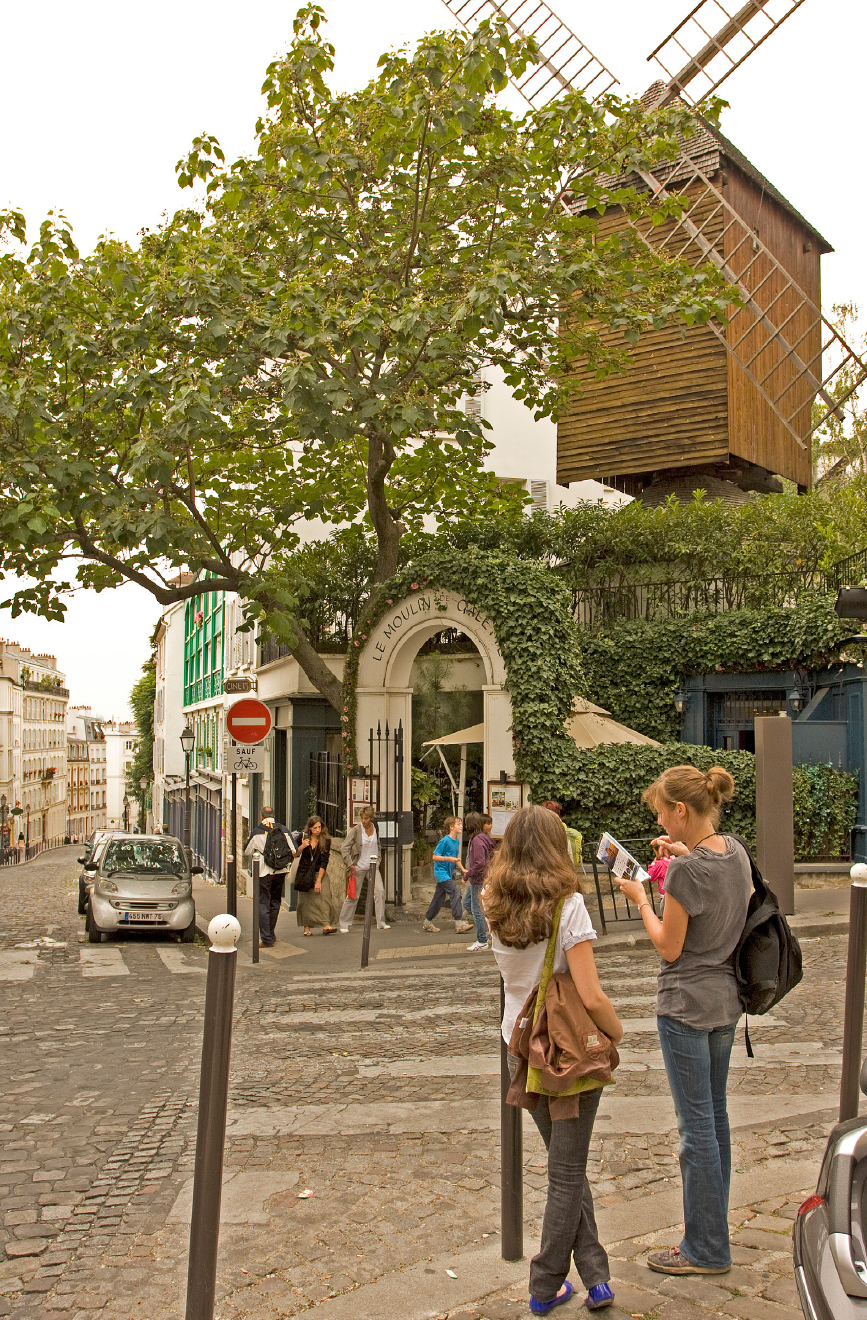
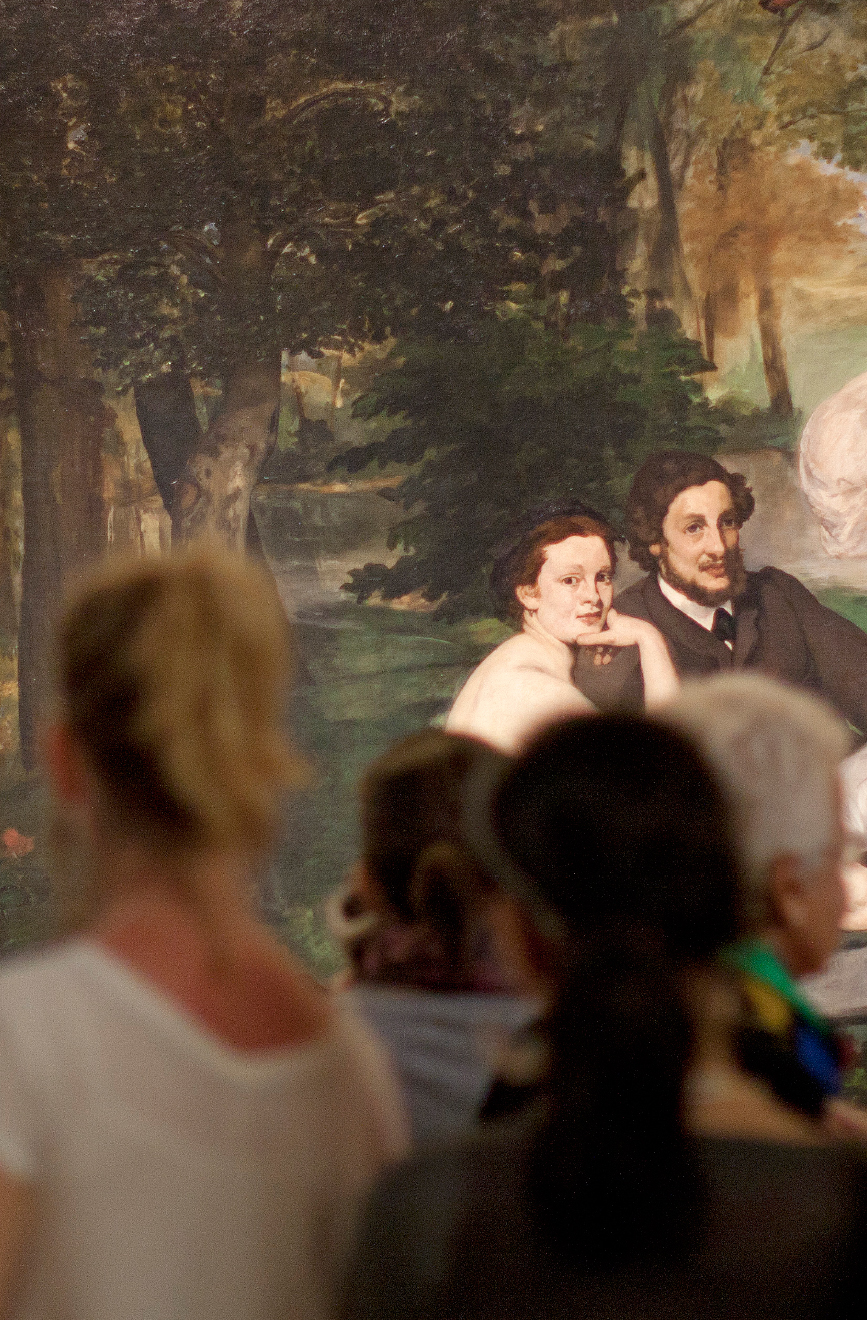
FOREWORD
In 19th-century Paris, a group of artists made the brazen move to stand up to the establishment. Inspired by douard Manet, young artists including Claude Monet, Pierre-Auguste Renoir, dgar Degas and Paul Czanne, set out to make art on their own terms. Spurning the Acadmie and foregoing the official Salon, these artists paved the way for modern art.
At a time when the average working man made between 1,500 to 2,000 francs a year and an artist favored by the official Salon could sell his a single painting for even more, the Impressionists struggled to get even a few hundred francs for their work. Many of these artists lived on the verge of poverty, surviving only on handouts from patrons and friends. Though they struggled in obscurity for decades, those who survived through the turn of the century were vindicated with international success.
This book will take you into the lives of the core Impressionists and the artists who followed them. Not only will you discover the dramatic true stories of their struggles and triumphs, this book will take you to the real-life places where they lived and worked in Paris and beyond.
See the world through the artists eyes. Get inspired.
* Art+Paris: Impressionists and Post-Impressionists consists of:
Rise of the Impressionists
Museums and Walking Tour
North of Paris and Normandy
Museum Tours







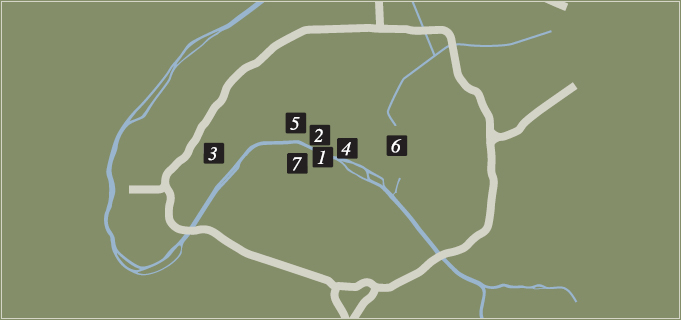
The museums of Paris are home to some of the most exquisite works of art on the planet. Among them are these 150 Impressionist masterpieces that no visitor should miss. From idyllic images of the countryside to bawdy caf scenes, these images paint a picture of life in Paris at the end of the 19th century.
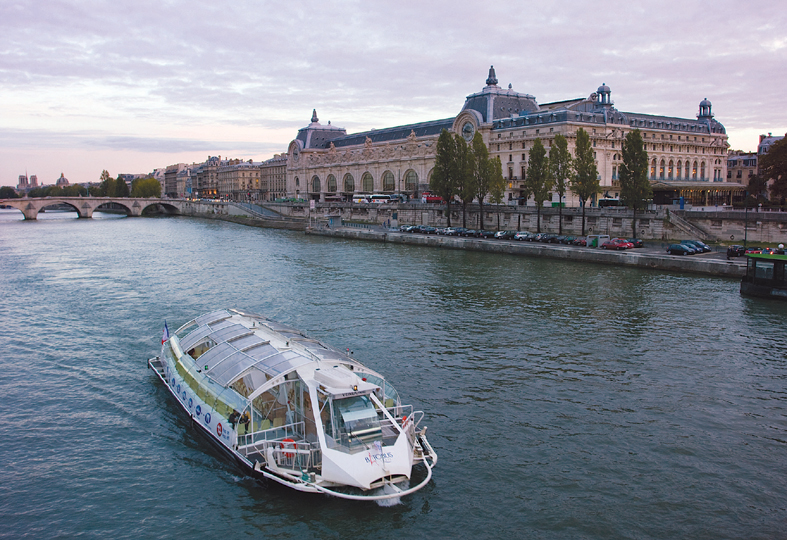
Muse dOrsay
One of the largest museums in Paris, the Orsay was originally built in the Beaux-Arts style as the railway station Gare dOrsay in 1898. In 1939, the building became unsuitable for train use and in 1977 was turned into the museum, opening its doors in 1986.
Muse dOrsay
 1, rue de la Lgion dHonneur 7th arrondissement
1, rue de la Lgion dHonneur 7th arrondissement
 +33 (0)1 40 49 48 14
+33 (0)1 40 49 48 14
 musee-orsay.fr
musee-orsay.fr
 Tue-Sun 9:30AM- 6PM, Thu 9:30AM-9:45PM
Tue-Sun 9:30AM- 6PM, Thu 9:30AM-9:45PM
 Museum ticket: 8 Exhibition ticket: 10
Museum ticket: 8 Exhibition ticket: 10
Access: Located on the Left Bank in Paris, accessible by the Assemble Nationale or Solfrino Mtro stops, 12 line.
The primary focus of the Orsays collection is French art from the mid 19th to the early 20th century, but it is best known for its expansive collection of Impressionist and Post-Impressionist masterpieces, the largest in the world. The Orsay owes much of its extensive collection to the Muse du Luxembourg, founded by Louis XVIII in 1818 as a venue for the work of living artists, with the promise that the works would be transferred to the Louvre 10 years after their death, if their glory had been confirmed by universal opinion.
Initially, the Luxembourgs works were purchased almost exclusively from the Salon, with a focus on history paintings, portraiture and classical landscape. The museums doors were closed to the more experimental work of the time such as Impressionism. But in 1890, a group of subscribers led by Claude Monet managed to open the doors of the Luxembourg Museum to douard Manets Olympia. Then, in 1894, Gustave Caillebotte, an artist and patron of the Impressionists, died, bequeating his collection to France with the stipulation that it be displayed. After initial resistance and drawn out debate, the museum was forced to exhibit the works. Caillebottes collection numbered more than 60 paintings by Degas, Manet, Czanne, Monet, Renoir, Sisley, Pissarro and Millet, which in one swoop brought the Impressionists into not only the Luxembourg, but also the various institutions in Paris that shared the collection.
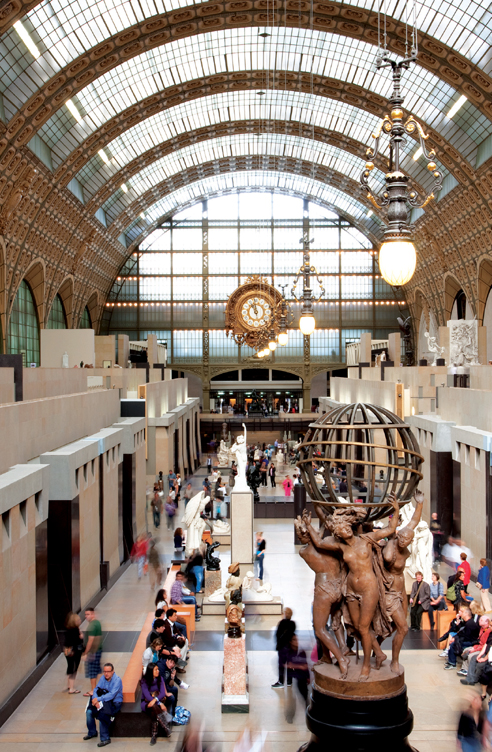
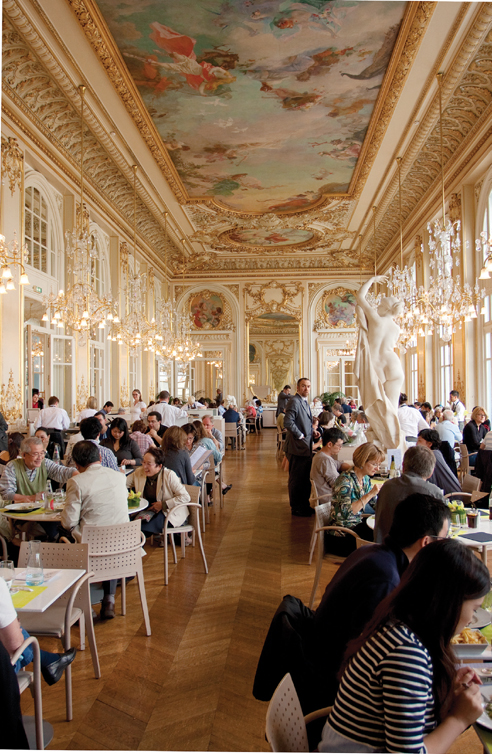
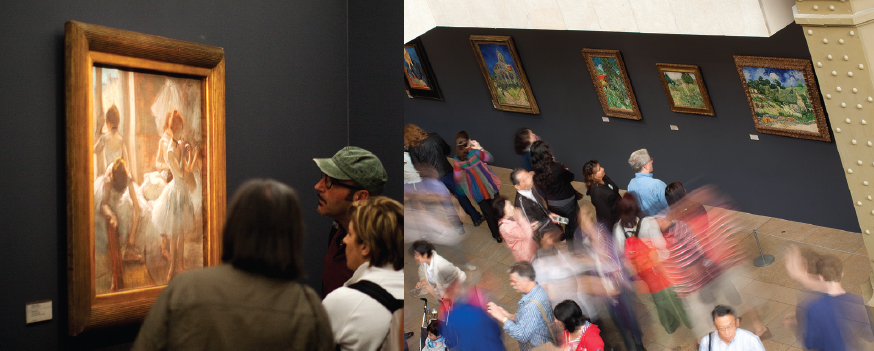
The Impressionist collection continued to grow at the Luxembourg with further bequests, including that of Van Goghs friend Dr. Gachet. In the late 1800s, the museum opened its doors to foreign painters. This collection of foreign works eventually grew so large that, in 1922, the separate Muse du Jeu de Paume was created to house the works. In 1929, the Luxembourg transferred all the work from the Impressionists to the Louvre.
The Louvre reorganized its collection in 1947 and sent all their Impressionist works to the Muse du Jeu de Paume, located in a former tennis court. The new works proved so popular with the public that crowding became a safety concern. It was decided to convert the disused Gare dOrsay into the museum we see today to house all of the work. Some of the collections masterpieces include Manets

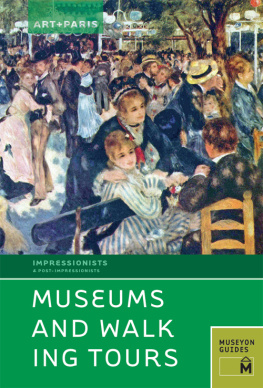
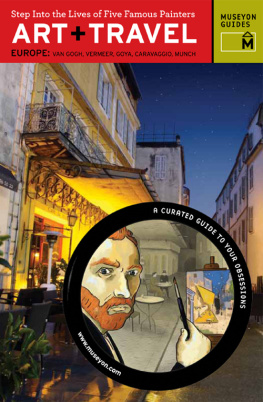
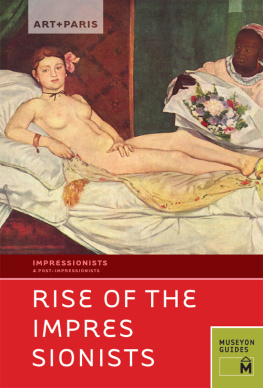

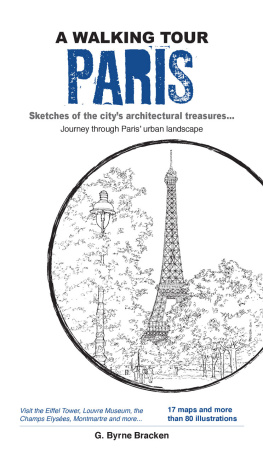


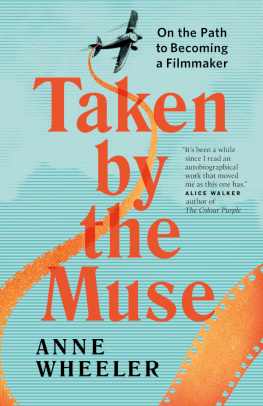
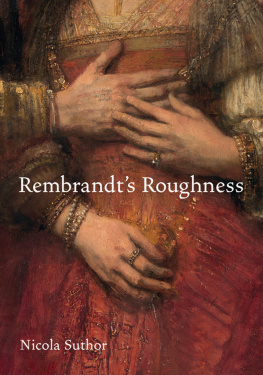
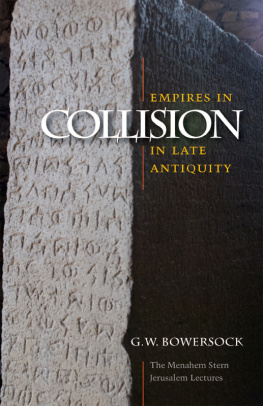



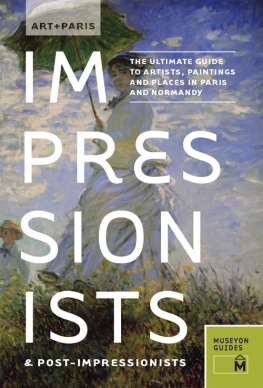














 1, rue de la Lgion dHonneur 7th arrondissement
1, rue de la Lgion dHonneur 7th arrondissement +33 (0)1 40 49 48 14
+33 (0)1 40 49 48 14 musee-orsay.fr
musee-orsay.fr Tue-Sun 9:30AM- 6PM, Thu 9:30AM-9:45PM
Tue-Sun 9:30AM- 6PM, Thu 9:30AM-9:45PM Museum ticket: 8 Exhibition ticket: 10
Museum ticket: 8 Exhibition ticket: 10

